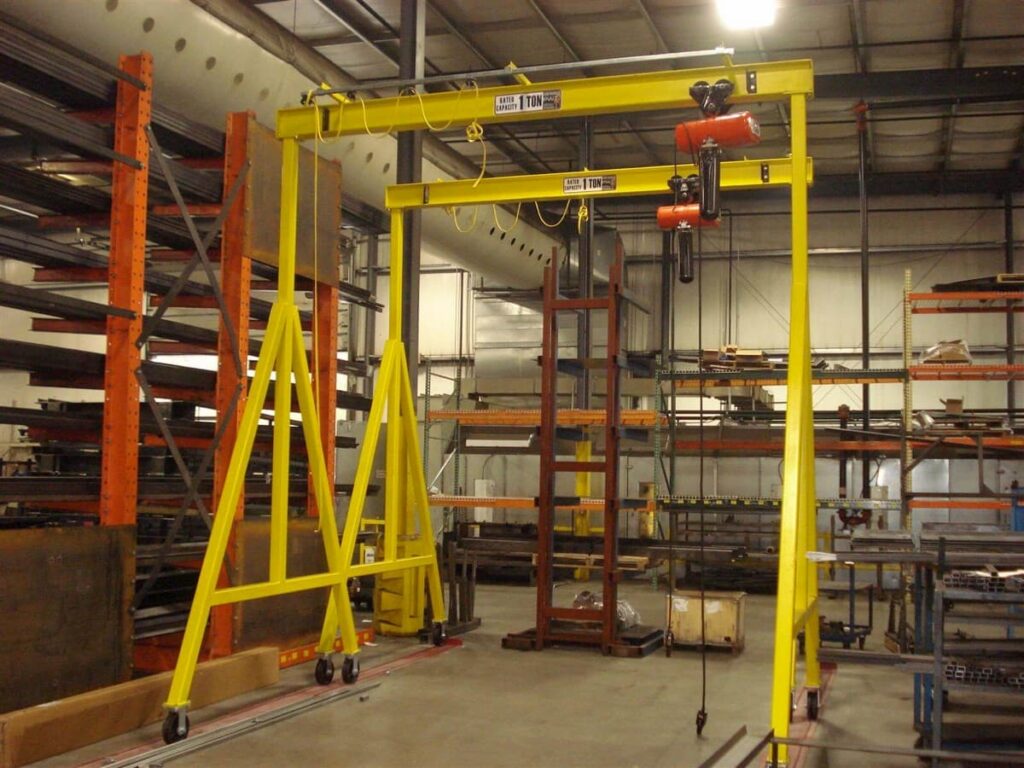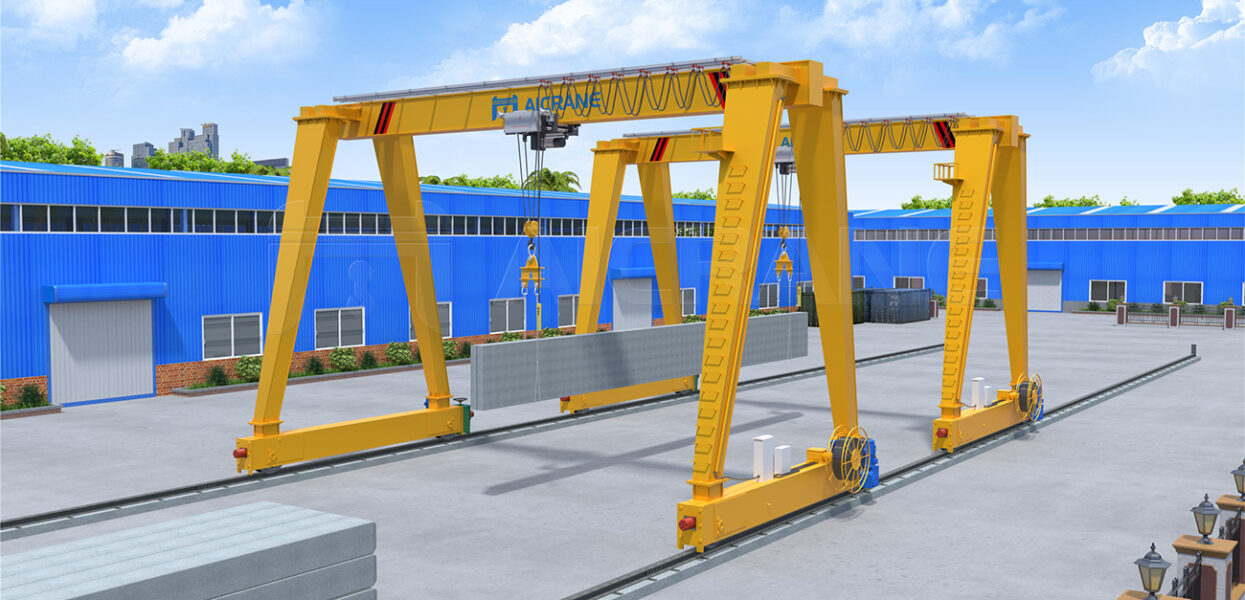An outdoor gantry crane and a bridge crane can be prone to corrosion, which is why some particular cranes require proper anti-corrosion measures. Some of these measures include cleaning and priming the gantry crane, lubricating the hoist and preventing sparking. You may also consider replacing steel or cast iron wheels with aluminium ones.

Anti-Corrosion Requirements For Outdoor Gantry Cranes
Anti-corrosion requirements for outdoor gantries are designed to ensure safe operation, prevent corrosion, and ensure that workers don’t suffer harm while operating them. They require aerial workers to wear double-insured protective gear and safety belts, and they are also required to adhere to labour protection regulations. In addition, anti-corrosion construction personnel must strictly follow a technical plan, and any modifications must be reported to the technical authority. The crane’s lifting operation must be supervised, controlled, and directed by a dedicated person who has received appropriate training. The command signal must be clear and unambiguous.
The materials used to construct outdoor gantry cranes must meet the requirements for the specific working and chemical environments. It is also crucial for the manufacturer to understand all the specific use requirements of the equipment to choose the best material for the job. When selecting material for a half-gantry crane or an outdoor gantry crane, ensure the manufacturer knows exactly what the equipment will be used for and uses first-class materials. For example, some lifting equipment will be in contact with water or chemicals, which require strong anti-corrosion properties. A stainless steel material can be used in such cases.
Cleaning and Priming of Gantry Cranes
Proper cleaning and priming are essential in the maintenance of outdoor gantry cranes. The environment in which these cranes are placed is challenging and often harsh, so proper maintenance must be done. Manufacturers of outdoor cranes must be proactive in communicating adequate maintenance procedures and should make it a point to educate end users about appropriate care. After all, no equipment is maintenance-free, and no metal is immune to corrosion.
When choosing a gantry crane and a bridge crane, it is essential to consider the construction materials. For example, a lightweight aluminium gantry crane may be portable and easily rolled from one location to another, but one with a rigid steel frame is less mobile. Depending on the model and the structure, installation may be complicated. Regardless of the type of outdoor gantry crane, proper cleaning and priming are essential to ensuring safety and preventing accidents.
Proper Hoist Lubrication to Prevent Sparking
Proper lubrication is essential for an outdoor gantry crane to avoid sparks and burns. The hoist components should be lubricated and inspected regularly. Sparking occurs when two steel surfaces come into contact. Steel is commonly used for lifting equipment and load-bearing parts, but it is not a good choice for hazardous environments. Non-sparking materials are available for material handling products, such as copper, bronze, and austenitic stainless steel.
The hoist and trolley should be lubricated. Oil-based lubricants should be used. In the case of an outdoor gantry crane or bridge crane, it should be lubricated with penetrating grease or oil. Penetrating grease is an excellent choice, as it displaces contaminants and water. It also reduces wear and corrosion.

